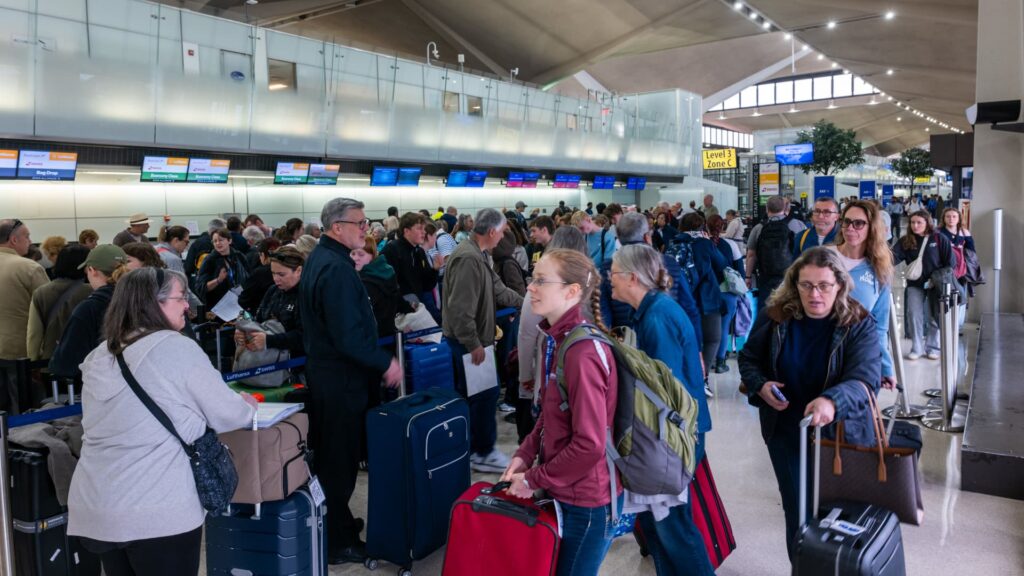
Communication outage prompted massive flight delays at Newark airport
Newark Airport Crisis: Communication Outage Causes Massive Flight Delays
Table of Contents
Critical Communication Failure at Newark Liberty International
In a serious incident that has highlighted the vulnerabilities in U.S. aviation infrastructure, air traffic controllers at Newark Liberty International Airport experienced a complete loss of radar and communications with aircraft under their control on April 28, 2025. The National Air Traffic Controllers Association reported that controllers were temporarily unable to see, hear, or communicate with aircraft in their airspace.
Immediate Impact and Response
The severity of the incident has led to significant staffing challenges, with some controllers requiring time off to recover from the stress of multiple recent outages. The Federal Aviation Administration (FAA) confirmed this development on Monday, acknowledging the psychological impact on their workforce.
“Our antiquated air traffic control system is affecting our workforce,” stated the FAA. “We are working to ensure the current telecommunications equipment is more reliable in the New York area by establishing a more resilient and redundant configuration with the local exchange carriers.”
United Airlines Takes Preventive Action
In response to the ongoing disruptions, United Airlines has announced a significant operational adjustment. The airline will reduce its Newark hub operations by 35 flights daily, aiming to create more flexibility in the system and minimize future disruptions.
United Airlines CEO’s Statement
CEO Scott Kirby highlighted the severity of the situation, noting that “this particular air traffic control facility has been chronically understaffed for years,” and emphasized that Newark airport currently lacks the capacity to handle its scheduled flight volume.
Systemic Infrastructure Challenges
The incident has brought to light long-standing issues within the U.S. aviation system:
- Chronic understaffing of air traffic controllers
- Aging technological infrastructure
- Increasing air traffic volume in one of the world’s busiest corridors
- Mandatory retirement age of 56 for controllers
The Port Authority of New York and New Jersey expressed frustration, noting that despite billions invested in modernizing Newark Liberty, these improvements are dependent on a fully staffed and modern federal air traffic system.
Looking Ahead: Proposed Solutions
U.S. Transportation Secretary Sean Duffy has promised immediate action, announcing plans to unveil a “brand new air traffic control system” this week. While acknowledging the current system’s limitations, Duffy emphasized that safety remains the top priority, with the FAA prepared to slow or ground flights when necessary to maintain safety standards.
Key Initiatives in Progress
- New incentives for hiring and retaining controllers
- Reorganization of airspace management
- Technology upgrade plans
- Enhanced safety protocols
As the aviation industry grapples with these challenges, the Newark incident serves as a critical wake-up call for the urgent need to modernize U.S. aviation infrastructure and address staffing shortages. The coming weeks will be crucial as new measures are implemented to prevent similar incidents and ensure the safety and efficiency of one of the nation’s busiest airports.






